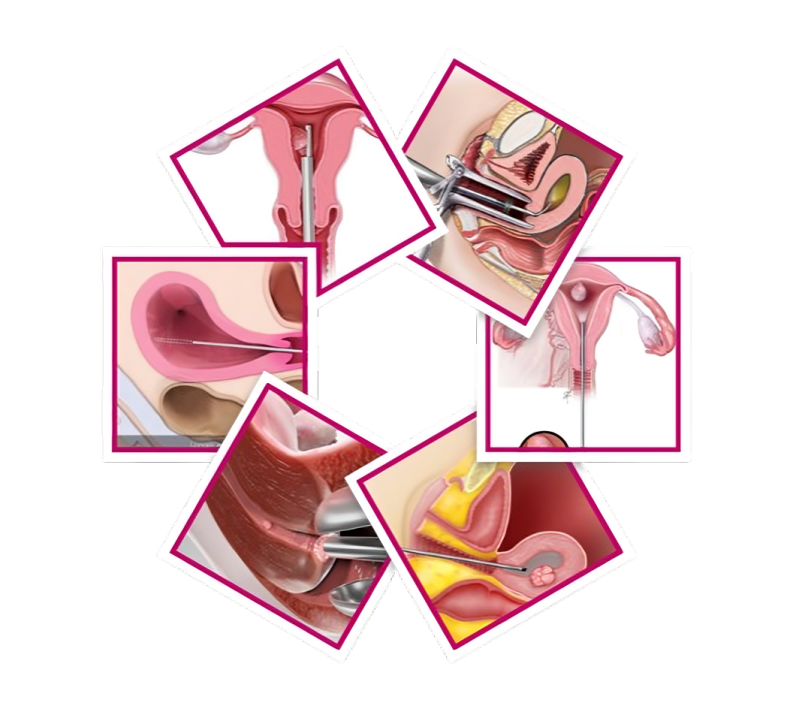Hysteroscopy is a medical procedure used to examine the inside of the uterus (womb) by inserting a thin, lighted tube called a hysteroscope through the vagina and cervix. This procedure allows doctors to diagnose and treat various uterine conditions or abnormalities.
During a hysteroscopy, the hysteroscope is gently guided through the cervix into the uterus. The hysteroscope contains a camera that transmits images of the uterine cavity to a monitor, allowing the doctor to visualize the inside of the uterus in real time. The procedure may be performed using local or general anesthesia, depending on the individual's needs and the complexity of the procedure.

This type of hysteroscopy is performed to diagnose the cause of abnormal bleeding, infertility, repeated miscarriages, or other uterine problems. This procedure is particularly valuable in detecting uterine polyps, which are abnormal growths of tissue within the lining of the uterus.
In operative hysteroscopy, the doctor not only examines the uterine cavity but also performs surgical procedures to correct any abnormalities found. This can include removing fibroids, polyps, adhesions (scar tissue), or performing procedures to treat abnormal uterine bleeding.
Hysteroscopy, a minimally invasive procedure, enables our specialists to assess the interior of the uterus for diagnosing and addressing infertility concerns. Typically lasting between 30 minutes to an hour, the procedure is commonly conducted as an outpatient appointment.